People of the Rainforest
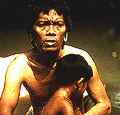
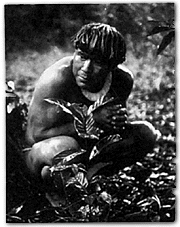 From them we can learn to live sustainably,
within the limits required by the planet's ecosystem.
From them we can learn to live sustainably,
within the limits required by the planet's ecosystem. |
This Pygmy woman is food outside her hut, with her baby cradled on her back. Mbuti and Baka Pygmies live in the rainforests of Central America. Traditionally they live by hunting and gathering food. |
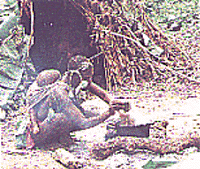 |
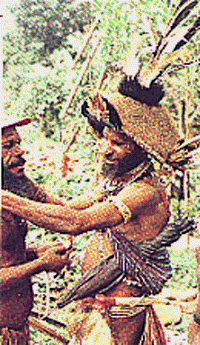 |
The Huli are one of the many tribes that live in the remote highland forests of Papua New Guniea. They live by hunting, gathering plants and growing crops. Men and women live seperately, in large group houses. The men decorate their bodies with colored clay and wear elaborate headdresses for ceremonies. |
|
One of the largest groups of Amerindian people in South America is the Yanomami. Their village life is centered around the yano, or communal house. The yano is a large, circular building constructed of vine and leaf thatch, which has a living space in the middle. This picture shows Yanomami men eating a meal. |
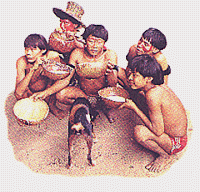 |